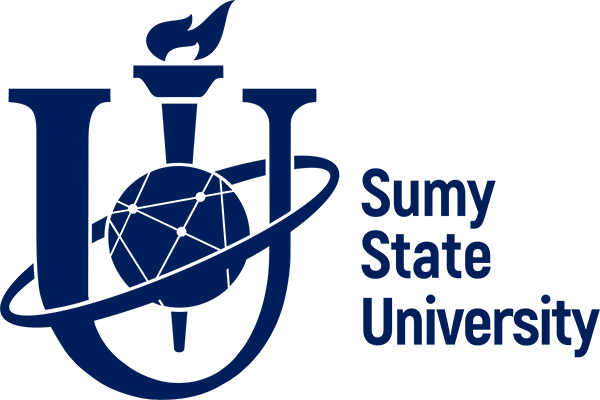The Concept of the Pictography as a Background for «Free Hands» Written by Paul Eluard and Man Ray
Keywords:
Abstract
This article is part of a deeper study of the phenomenon of "picto-poetry" on the example of Paul Eluard and Man Ray's collection "Free Hands". The article proves the intermediality hypothesis of a collection based on the history of its creation, where the two types of arts not only complement each other, but merge into one, creating new forms and genres of French poetry. The purpose of the study is to determine the nature and imagery of the interaction of visual and verbal codes of artistic reality in the collection "Free Hands", as well as to identify the basic features of the composition " in four hands" on the example of the frontispiece of the collection. Research methods: descriptive, structural and semantic analysis methods that allow the identification of relationships between different sign systems (visual, plastic, etc.). The main feature of Paul Eluard and Man Ray's picto-poetic collection "Free Hands", in the preface to which P. Eluard outlined the principles of a single picto-poetic reproduction of the world, is the special principle of organizing the artistic space, when graphic realities also become "literary text", and the poetic text and its graphic "second voice" cannot be interpreted separately. The multi-layered and heterogeneous internal connections in the texts and graphics of authors serve as a form of reproduction of the underlying processes that take place in the human psyche, and the texts of Eluard create visual metaphors that resemble dreams.













